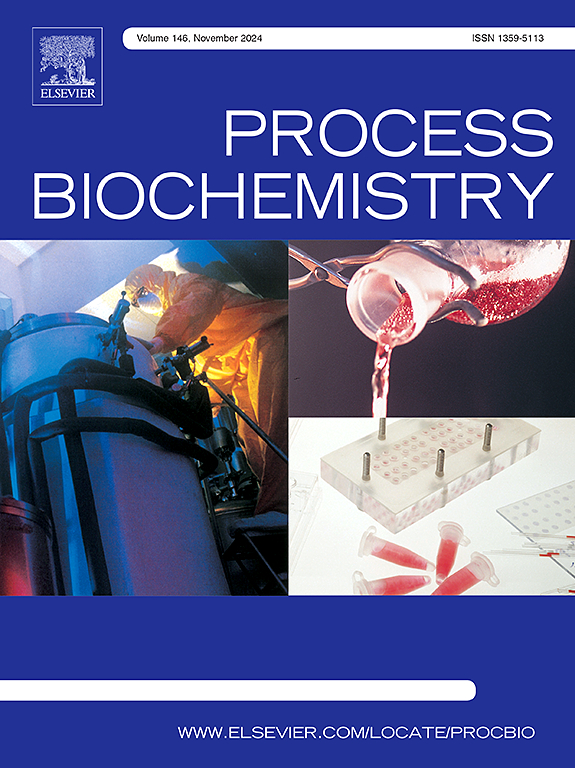Functional evaluation of laminarin butyl esters: Antioxidant, skin-whitening, and anti-wrinkle properties
IF 3.7
3区 生物学
Q2 BIOCHEMISTRY & MOLECULAR BIOLOGY
引用次数: 0
Abstract
Laminarin, a polysaccharide derived from brown algae, has gained attention for its potential biological activities. However, its application in cosmetic formulations is limited due to its functional properties. To enhance its bioavailability and performance, laminarin was modified through esterification to form laminarin butyl esters (LBE). This study aimed to evaluate the antioxidant, skin-whitening, and anti-wrinkle properties of LBE and assess its potential as a novel ingredient in skincare products. Antioxidant activity was evaluated using in vitro assays, including DPPH and ABTS radical scavenging, both of which demonstrated significant free radical neutralizing capacity. Skin-whitening and anti-wrinkle activities were assessed by measuring the inhibition of tyrosinase and elastase. The results indicated that LBE exhibited significantly higher inhibitory effects than native laminarin, with tyrosinase inhibition reaching 26.7 % (compared to 4.7 % for laminarin) and elastase inhibition at 45.8 % (versus 18.5 % for laminarin). Additionally, LBE showed stronger anti-glycation activity, as it effectively inhibited Amadori products, dicarbonyl compounds, and advanced glycation end-products. These findings provide valuable insights into the modification of laminarin and its potential application in cosmetics, offering a foundation for the development of more effective, bioactive ingredients in the beauty industry.
求助全文
约1分钟内获得全文
求助全文
来源期刊

Process Biochemistry
生物-工程:化工
CiteScore
8.30
自引率
4.50%
发文量
374
审稿时长
53 days
期刊介绍:
Process Biochemistry is an application-orientated research journal devoted to reporting advances with originality and novelty, in the science and technology of the processes involving bioactive molecules and living organisms. These processes concern the production of useful metabolites or materials, or the removal of toxic compounds using tools and methods of current biology and engineering. Its main areas of interest include novel bioprocesses and enabling technologies (such as nanobiotechnology, tissue engineering, directed evolution, metabolic engineering, systems biology, and synthetic biology) applicable in food (nutraceutical), healthcare (medical, pharmaceutical, cosmetic), energy (biofuels), environmental, and biorefinery industries and their underlying biological and engineering principles.
 求助内容:
求助内容: 应助结果提醒方式:
应助结果提醒方式:


